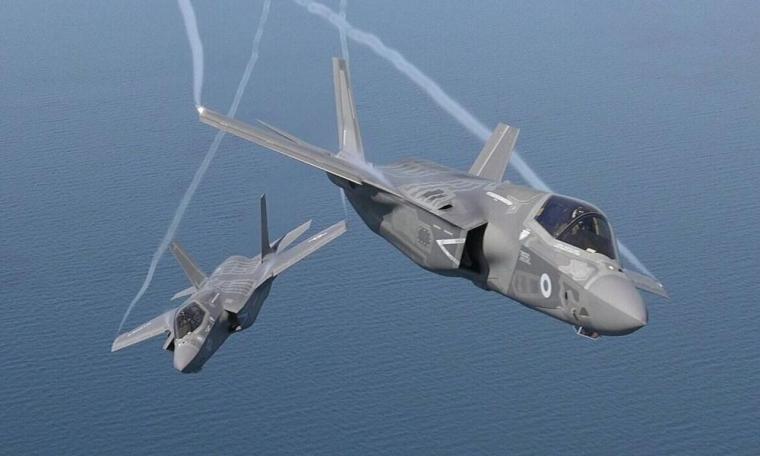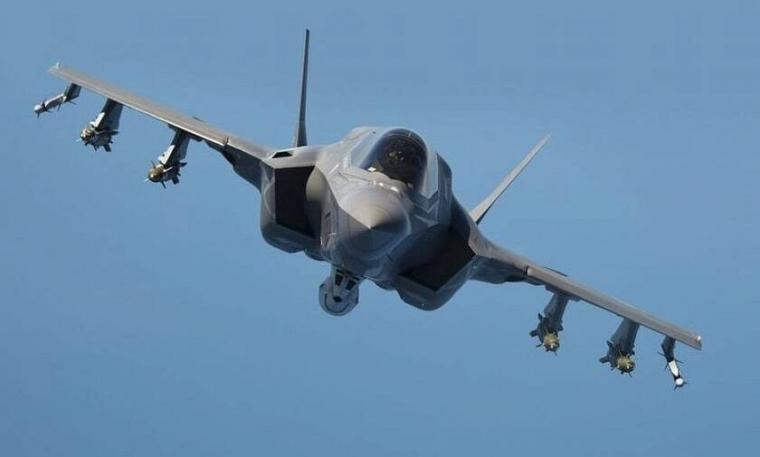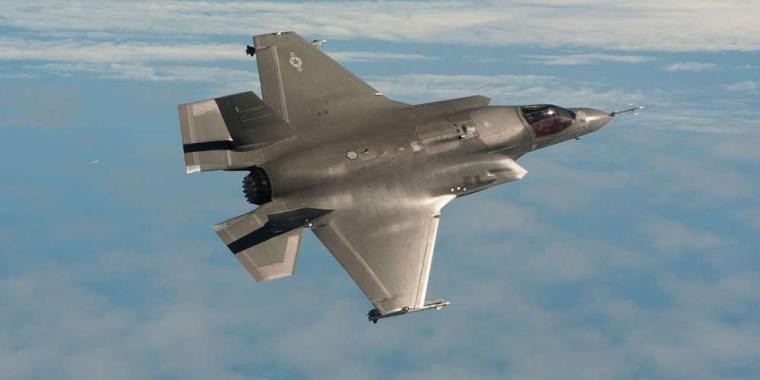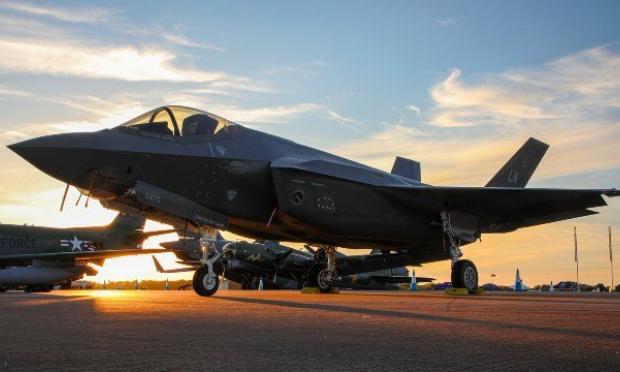In the complex and labyrinthine world of defense spending, nothing is simple, except choosing which weapon to buy. After the decision to buy the American F-35 fighters - which are currently considered the best - it remains to decide the form of the agreement for this purchase.
Greece has two options: to take the aircraft without getting involved in co-production agreements of some of their parts, or to conclude industrial cooperation agreements so that the production of certain parts of the aircraft and its equipment is undertaken by Greek companies, collecting the corresponding amounts from the exports of what will be produced.
What the Greek government will choose, no one knows for sure yet.

But a statement by U.S. Lt. Gen. Michael Schmidt, the program's executive officer, during a panel discussion at the Navy League's Sea Air Space conference held this week at National Harbor, Maryland, raised concerns that a more durable chain is needed. supply to ensure the military can sustain it in a future hotly contested war.
"The F-35 program was built with a just-in-time supply chain, where parts arrive just before they are needed and little inventory is stored," Lt. Gen. Michael Schmidt said.
In the private sector, Schmidt said, this kind of efficient supply chain works well to keep costs down. But in a future war involving hotly contested environments, it could lead to disaster.
"We need to see what the right thing will look like in the future, to give us more resilience in a combat environment," he said.
Bridget Lauderdale, vice president and general manager of the F-35 program for the plane's main manufacturer, Lockheed Martin, said the company has focused more on trying to forecast the demand cycle so it can better predict when it will need parts.

"A lot of these materials take time to prepare, even when you have funding and even when you have the ability to repair," Lauderdale said.
To create the resilient supply chain necessary to fly the F-35 in the future, Lauderdale said, the military services and defense industry will need to work more closely together.
The F-35 operational support network is "huge," Schmidt said, and includes planes operating from 27 bases and 10 ships. Nine nations fly the F-35 operationally, and a total of 17 countries participate in the program.
He also said that the international nature of the F-35 program will provide opportunities for the US and other partner nations to cooperate and maintain their jets more effectively.
"In a few years, we'll be flying between 500 and 600 F-35s in Europe, and less than 100 of those will be American fighters," Schmidt said. "What a tremendous opportunity this is to leverage each other's logistics and maintenance environments," he added.
At the same time, he said, the F-35 program must work to ensure it can get the right parts and other materials to the right places so those maintenance hubs can do the necessary work on the planes.

Huge win
Schmidt acknowledged that the program was a little late in terms of depots to handle the maintenance capacity the F-35 will need, adding that as the Pentagon negotiated with Lockheed on lots 15-17 last year, it opted to use some of the money to pay for more storage capacity, rather than buying an unspecified number of additional fighters.
"It's a huge win. I think once we really get to understand this global support business, to make sure we can meet all the requirements of all the countries, getting that done is a huge area of focus for me," he said.



